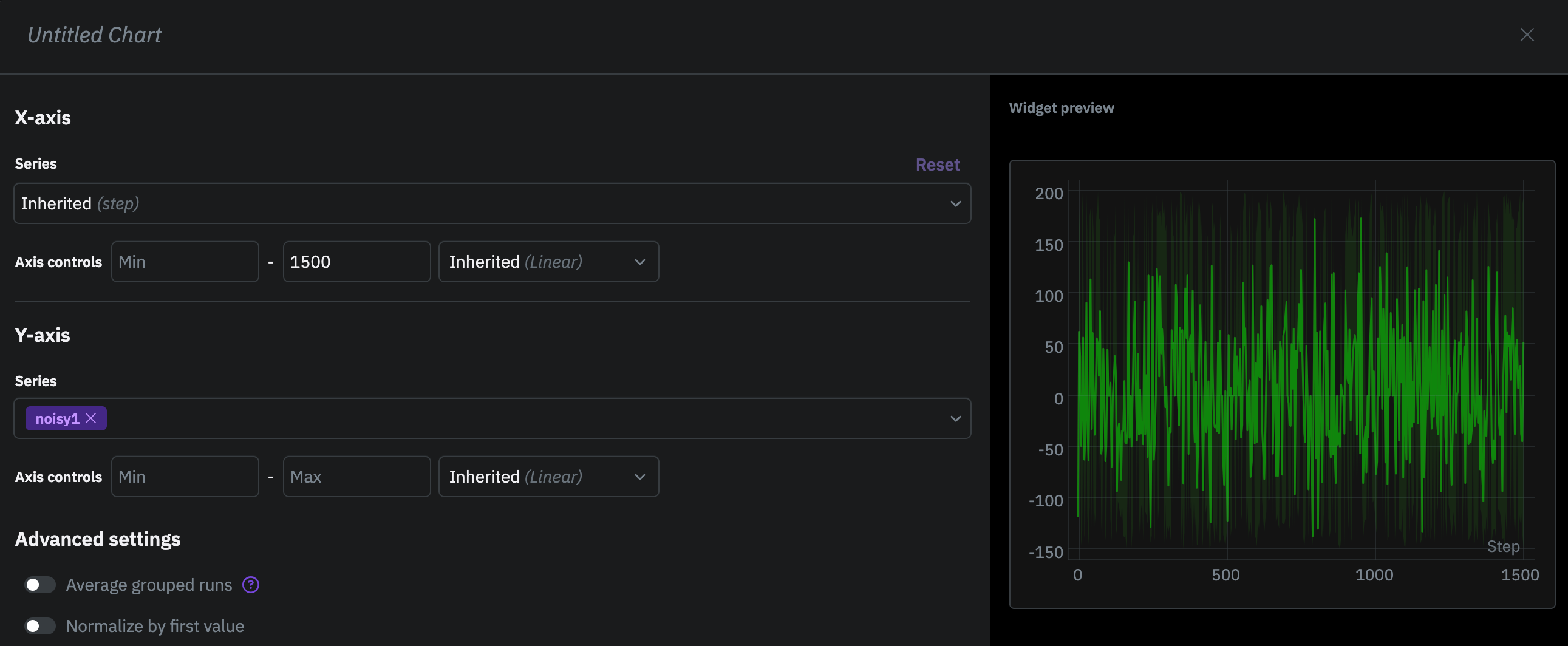About Neptune
Neptune is the most scalable experiment tracker built specifically for monitoring and debugging foundation model training.


Flexible API
from neptune_scale import Run
with Run(
experiment_name="seabird-flying-skills",
) as run:
run.log_configs(
{
"parameters/learning_rate": 0.001,
"parameters/batch_size": 64,
},
)
run.log_metrics(
data={
"metrics/accuracy": acc,
"metrics/loss": loss,
},
step=1,
)
The Neptune API consists of two Python packages:
-
neptune-scale, for logging metadata to Neptune.
- Log from multiple separate processes at once and track metadata across distributed environments in a single run.
- Upload various types of metadata, including images, audio, video, and files.
-
neptune-query, for fetching logged metadata from Neptune.
- Define filters to query experiments, runs, and attributes.
- Use the extended regular expression syntax for matching names and other string values.
Powerful web app
Use the Neptune app to visualize, compare, and monitor your logged metadata.
Build views tailored to your needs. Browse and filter data with the extended regex syntax.
Runs table
Create powerful filters and customize columns to gather and group runs that are worth exploring. Save and share your configurations as custom views.
Charts
Visualize and compare thousands of metrics in seconds. Create custom charts with multiple configuration options.
Side by side
Use the table format diff to contrast a large number of configs, scores, and other values.
Dashboards
Use widgets to create focused views for visualizing and inspecting specific metrics across multiple runs.
Collaborate with your team
Share results in real time
Use persistent links to share charts, dashboards, table views, or anything else you see in the Neptune app. Distributed teams can access the same content in real time.
Download charts
Download visualizations as PNG files or copy them to your clipboard.
Create reports
Document insights and collaborate with your team members. Include runs from multiple projects and add extra information with comments, images, and more.
Keep your data secure
Keep your data secure with role-based access control. Authorize users to access the whole workspace or only specific projects.
Next steps
Log metadata to Neptune
Log basic configs and metrics to a Neptune run, and explore them in the web app
Watch the video walkthrough
See how teams train foundation models at scale with Neptune: from identifying promising experiments to launching long runs and debugging training issues